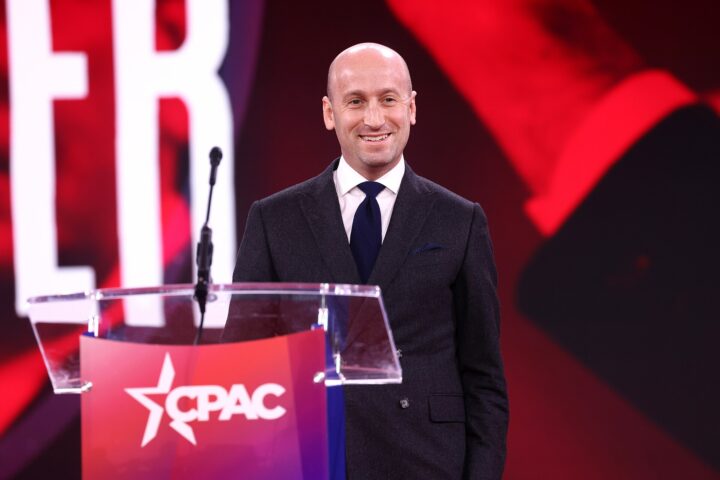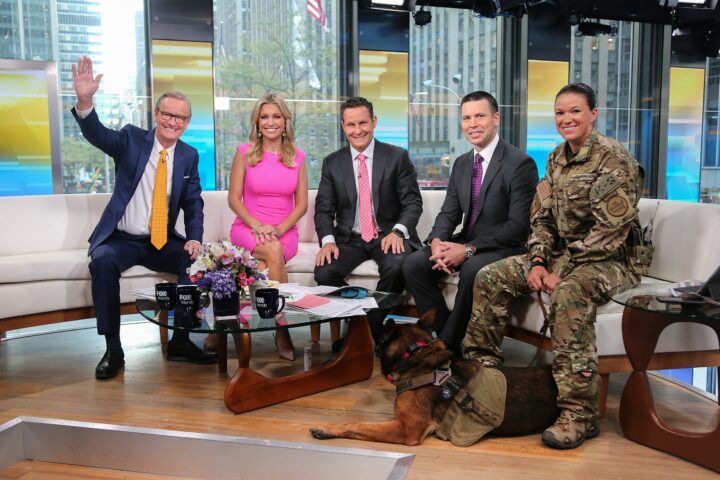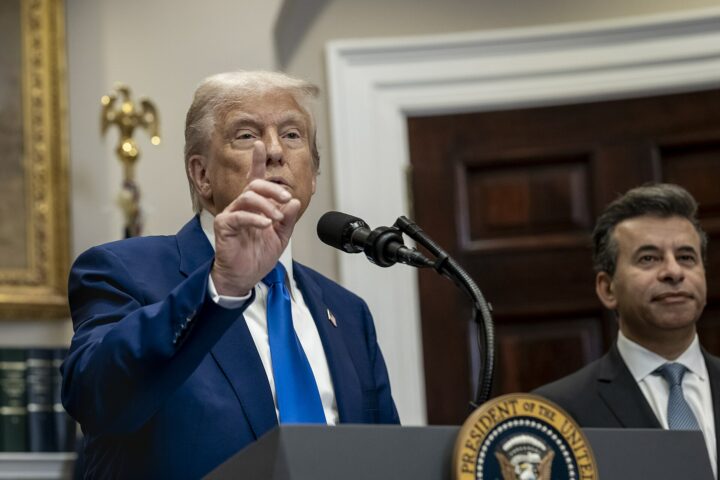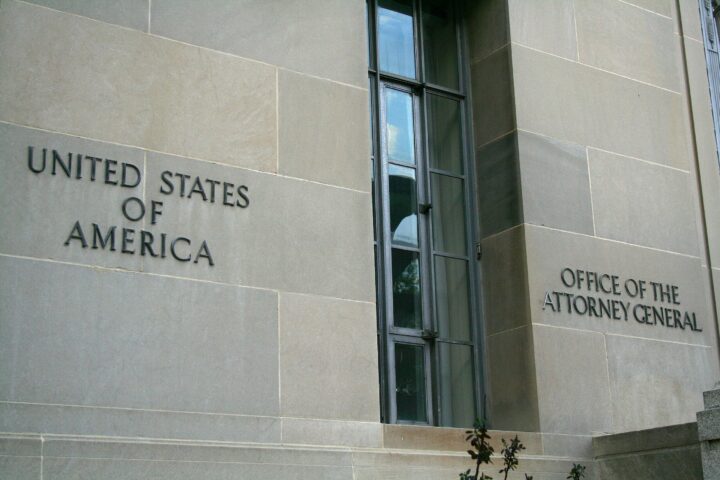Venezuela’s Defense Minister, Vladimir Padrino López, announced the mobilization of roughly 200,000 military personnel this week as part of large-scale exercises, a move that comes amid an expanding U.S. naval presence near the country’s coastline. The decision follows the imminent arrival of the USS Gerald R. Ford—the largest aircraft carrier in the world and the largest warship ever built—alongside its carrier strike group in waters near Latin America.
The Ford’s deployment marks a significant escalation in American regional operations as President Donald J. Trump’s administration intensifies its campaign against narcotics trafficking and transnational criminal networks linked to Venezuelan dictator Nicolás Maduro. The carrier strike group, which recently crossed the Atlantic following a deployment in the eastern Mediterranean, will participate in ongoing U.S. counter-narcotics operations in the Caribbean.
While President Trump has not indicated whether he will authorize direct strikes inside Venezuela, speculation has grown that U.S. forces could target military installations allegedly used by drug cartels operating under Maduro’s protection. Among the groups suspected of using Venezuelan military facilities is the Cartel de los Soles, or “Cartel of the Suns,” a shadowy network tied to senior members of the country’s armed forces. U.S. officials believe the organization coordinates with other violent gangs, including the Tren de Aragua, to move narcotics through Venezuela and into American cities, enriching Maduro’s inner circle.
The Trump administration has for months conducted precision strikes on suspected drug-running vessels leaving Venezuelan waters. Sunday’s operation marked the eighteenth such strike, resulting in the deaths of six individuals aboard two boats the administration identified as drug smuggling craft. These actions have underscored Washington’s determination to disrupt the flow of narcotics into the United States, which officials argue has been facilitated by the Maduro regime’s corruption and its alliance with criminal syndicates.
At the same time, the U.S. Navy continues to expand its presence off Venezuela’s northern coast. Satellite imagery on October 31 showed the USS Iwo Jima, an amphibious assault ship, and its Arleigh Burke-class destroyer escort heading westward after being spotted near Grenada. The vessels were located approximately 124 miles from Venezuela’s La Orchila Island—home to one of the nation’s most strategic airbases and radar installations.
The convergence of American warships near Venezuelan waters has not gone unnoticed in Caracas. Padrino López’s mobilization of 200,000 troops was framed as a defensive measure, though it underscores the regime’s unease with U.S. movements in the region. Analysts view the buildup as a sign that Venezuela is preparing for potential escalation should the United States decide to extend its counter-narcotics mission to targets on land.
The Ford strike group’s arrival adds a formidable deterrent to U.S. forces already stationed in the Caribbean, including amphibious units, advanced drones, and gunships in Puerto Rico and El Salvador. Together, these assets reflect a broader strategic message from Washington: that the Trump administration is prepared to confront the Maduro regime’s criminal networks—and protect American interests—at every level of engagement.
[READ MORE: Trump Mocks Ilhan Omar’s Constitutional Lectures, Minnesota Democrat Fires Back]








